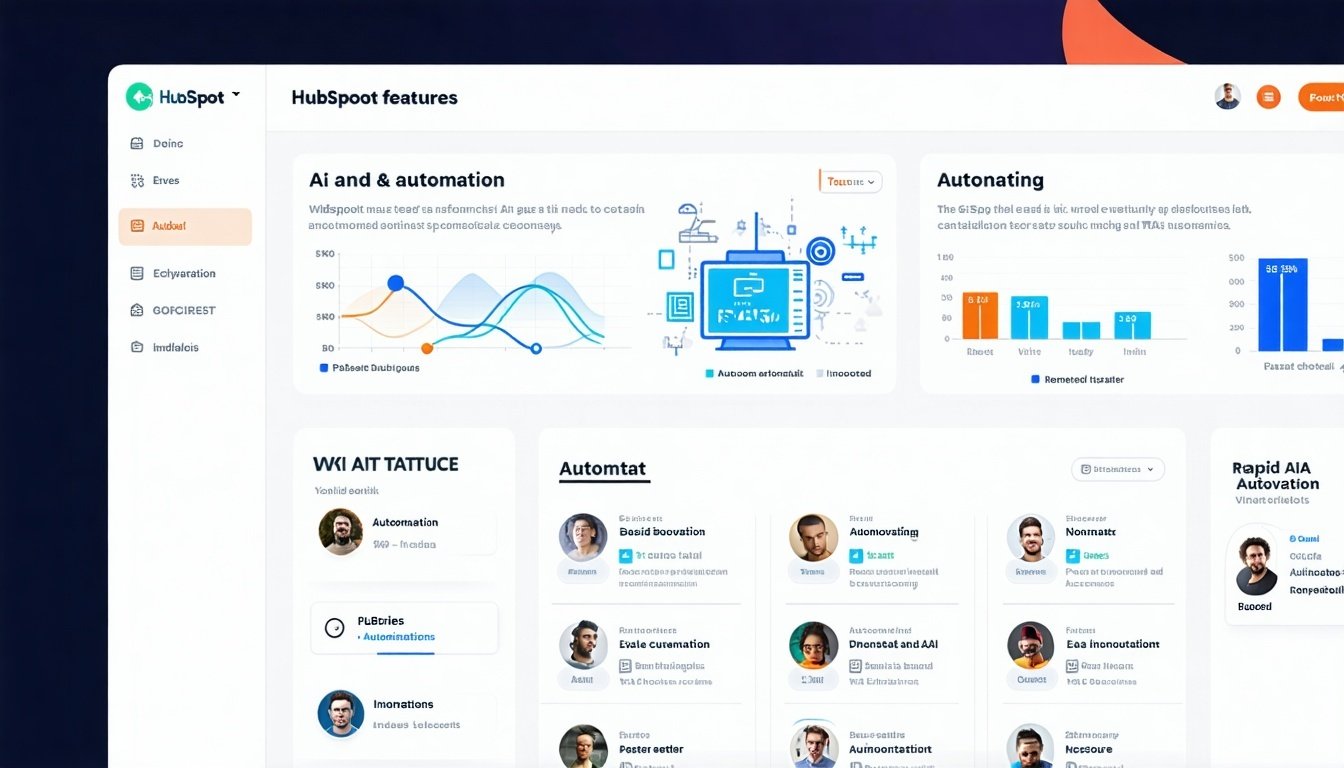Overcoming Hurdles: A Comprehensive Guide to Marketo Salesforce Integration Limitations and Business Use Cases
Introduction to Marketo Salesforce Integration
Marketo Salesforce integration is a powerful combination of two industry-leading platforms that enable businesses to streamline their marketing and sales processes. Marketo, a marketing automation platform, allows organizations to create, track, and manage marketing campaigns, while Salesforce, a customer relationship management (CRM) system, helps sales teams manage customer interactions and relationships. The integration of these two platforms offers a unified solution that can help businesses optimize their marketing and sales efforts, reduce manual work, and improve overall performance.
The integration between Marketo and Salesforce enables businesses to easily transfer data between the two platforms, allowing for a more seamless and efficient workflow. This collaboration allows marketing teams to better understand their target audience, create more effective campaigns, and track the impact of their efforts. Meanwhile, sales teams can access valuable customer data, improve their lead management process, and close deals more efficiently. The result is a more streamlined and effective marketing and sales process, leading to increased revenue and business growth.
In this comprehensive guide, we will explore the benefits and importance of Marketo Salesforce integration, discuss common limitations and challenges, and provide practical solutions for overcoming these hurdles. We will also delve into business use cases, best practices, and essential tools and resources for managing Marketo Salesforce integration. Finally, we will examine how to maximize the capabilities of Marketo CRM and ensure data consistency and accuracy with Marketo Salesforce sync.
Marketo Salesforce Integration: Benefits and Importance
The integration of Marketo and Salesforce offers numerous benefits for businesses, both in terms of efficiency and overall performance. By connecting the two platforms, organizations can leverage the power of both systems to drive better results and achieve greater success.
Improved Lead Management
Marketo Salesforce integration allows for seamless lead management, enabling sales teams to better prioritize and engage with leads. By sharing data between the two platforms, sales reps can access valuable information about a lead's interactions with marketing campaigns, helping them to focus their efforts on the most promising prospects.
Enhanced Marketing Campaigns
Marketo integration with Salesforce enables marketing teams to create more targeted and effective campaigns by leveraging the wealth of customer data available in Salesforce. Marketers can use this data to segment their audience, personalize messaging, and make data-driven decisions about their marketing efforts.
Streamlined Processes and Increased Efficiency
Integrating Marketo and Salesforce can help businesses eliminate manual data entry and reduce the risk of errors, as the platforms automatically synchronize data between them. This not only saves time but also ensures that both marketing and sales teams are working with the most up-to-date and accurate information.
Common Limitations and Challenges of Marketo Salesforce Integration
Despite the many benefits of Marketo Salesforce integration, there are some limitations and challenges that businesses may encounter. Being aware of these potential hurdles can help organizations better prepare and address them to ensure a successful integration.
Data Mismatch and Duplication
One common issue with Marketo Salesforce integration is the potential for data mismatch and duplication. This can occur when the two platforms have different data structures or when data is manually entered into one system and not the other. This can result in incomplete or inaccurate information and can hinder the effectiveness of marketing campaigns and sales efforts.
Limited Customization
While both Marketo and Salesforce offer robust customization options, there may be some limitations when it comes to integrating the two platforms. For example, certain custom fields or objects may not be available for synchronization, which can make it difficult to fully utilize the capabilities of both systems.
Integration Complexity
Integrating Marketo and Salesforce can be a complex process, particularly for larger organizations with extensive data and workflows. This can make the integration process time-consuming and challenging, and may require the assistance of experienced professionals to ensure a smooth and successful implementation.
Overcoming Marketo Salesforce Integration Limitations
While there are some inherent challenges with Marketo Salesforce integration, there are several strategies and best practices that can help organizations overcome these hurdles and maximize the benefits of integration.
Establishing a Data Governance Plan
Creating a data governance plan is essential for ensuring data consistency and accuracy between Marketo and Salesforce. This plan should outline data management processes, data quality standards, and roles and responsibilities for maintaining data integrity. Regular audits and data cleansing efforts should also be part of the plan to minimize the risk of data mismatchand duplication.
Conducting a Thorough Data Analysis
Before integrating Marketo and Salesforce, it is essential to conduct a thorough data analysis of both systems to identify any potential data mismatches or discrepancies. This analysis can help businesses pinpoint areas of improvement and ensure that both platforms have accurate and consistent data.
Implementing Customization Strategies
To fully leverage the capabilities of both Marketo and Salesforce, businesses should implement customization strategies that allow for the synchronization of custom fields and objects. By working with experienced professionals, organizations can develop a plan that meets their specific needs and requirements.
Employing Change Management Best Practices
Implementing Marketo Salesforce integration can be a significant change for any organization. To ensure a smooth transition and minimize disruption, businesses should employ change management best practices, such as communicating with stakeholders, providing training and support, and monitoring progress regularly.
Business Use Cases for Marketo Salesforce Integration
Marketo Salesforce integration can be used in a variety of ways to help businesses achieve their marketing and sales goals. Here are some common use cases for integrated Marketo and Salesforce systems:
Lead Nurturing and Scoring
Integrating Marketo and Salesforce allows for more effective lead nurturing and scoring. By sharing data between the two systems, businesses can better understand their leads' behavior and interests, and tailor their marketing efforts accordingly.
Account-Based Marketing
Account-based marketing (ABM) is a targeted approach to marketing that focuses on individual accounts or customers. By integrating Marketo and Salesforce, businesses can develop ABM strategies that leverage the rich customer data available in Salesforce.
Sales Forecasting and Reporting
Marketo Salesforce integration enables sales teams to access valuable data on leads and opportunities, allowing for more accurate forecasting and reporting. This can help businesses make data-driven decisions and optimize their sales processes.
Best Practices for Marketo Salesforce Integration Success
To ensure a successful Marketo Salesforce integration, businesses should follow these best practices:
Define Clear Objectives and Goals
Before integrating Marketo and Salesforce, businesses should define clear objectives and goals for the integration. This can help ensure that all stakeholders are aligned and working towards a common goal.
Develop a Detailed Integration Plan
A detailed integration plan is essential for ensuring a smooth implementation of Marketo Salesforce integration. This plan should include a timeline, roles and responsibilities, and a detailed process for data migration and synchronization.
Regularly Monitor and Audit Data
To maintain data consistency and accuracy, businesses should regularly monitor and audit their data in both Marketo and Salesforce. This can help identify any potential issues and ensure that both platforms are working with the most up-to-date and accurate information.
Tools and Resources for Marketo Salesforce Integration Management
Several tools and resources are available to help businesses manage Marketo Salesforce integration, including:
Marketo LaunchPoint
Marketo LaunchPoint is a marketplace of marketing solutions and services that can help businesses optimize their Marketo Salesforce integration.
Salesforce AppExchange
Salesforce AppExchange is a marketplace of Salesforce solutions and services that can help businesses enhance their Marketo Salesforce integration and overall CRM capabilities.
Integration Experts
Working with experienced integration experts can help businesses ensure a successful implementation of Marketo Salesforce integration and address any challenges that may arise.
Marketo CRM: Maximizing Marketo and Salesforce Capabilities
Maximizing the capabilities of Marketo CRM is essential for achieving Marketo Salesforce integration success. Here are some tips for effectively leveraging Marketo CRM:
Develop a Clear Lead Management Process
Developing a clear lead management process is essential for ensuring that all leads are effectively nurtured and scored. This process should include lead capture, segmentation, and scoring criteria.
Utilize Advanced Reporting and Analytics
Marketo CRM offers advanced reporting and analytics capabilities that can help businesses gain insights into their marketing and sales performance. By regularly analyzing this data, businesses can make data-driven decisions and optimize their processes.
Leverage Automation and Personalization
Marketo CRM offers powerful automation and personalization capabilities that can help businesses streamline their marketing efforts and create more personalized experiences for their customers.
Marketo Salesforce Sync: Ensuring Data Consistency and Accuracy
Ensuring data consistency and accuracy is essential for a successful Marketo Salesforce integration. Here are some best practices for Marketo Salesforce sync:
Establish a Regular Sync Schedule
Establishing a regular sync schedule can help ensure that data is consistently and accurately transferred between Marketo and Salesforce.
Conduct Regular Data Cleansing
Regular data cleansing efforts can help eliminate duplicate or inaccurate data and ensure that both platforms are working with the most up-to-date and accurate information.
Utilize Automation Tools
Automation tools, such as workflows and triggers, can help businesses automate the data transfer process and ensure that data is consistently and accurately synchronized between Marketo and Salesforce.
Conclusion: Achieving Marketo Salesforce Integration Success
Marketo Salesforce integration offers businesses a powerful solution for streamlining their marketing and sales processes, improving efficiency, and driving better results. While there may be some limitations and challenges, following best practices, utilizing the right tools and resources, and maximizing the capabilities of both Marketo and Salesforce can help businesses achieve integration success. With a clear plan, ongoing monitoring and optimization, and a commitment to data consistency and accuracy, businesses can optimize their marketing and sales efforts, drive revenue, and achieve business growth.




